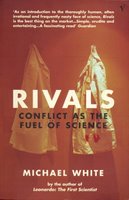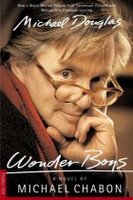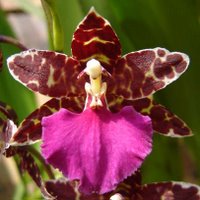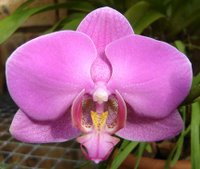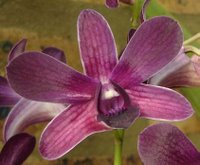 The laboratory instrument pictured at left is a Beckman Coulter Ultracentrifuge. Basically it's a giant spinny thing, that makes proteins and DNA go round and round at speeds of 130 000 rpm to separate them. The molecules in your tube experience forces of over 1 million g's. That's over a million times the force the earth is excerting on your body right now. It is the sort of equipment that demands your respect. On Wednesday I was quietly busy in the lab, minding my own business designing primers (again), when a strange whining noise from the lab next door made me look up from my work. Weird. People started running and shouting and immediately I knew where the noise was coming from: some ignorant student had forgotten to tighten the rotor of the ultra to the spindle before switching it on. Chilling. Apparently Lieschen, who is the only capable person in the lab next door at that time, shot up like a bolt from her hidey-hole behind her laptop, ran to the unstable ultra (and the wide-eyed girl who stood in front of the machine, just staring at it), pushed the STOP button and kept right on running out of the lab. A very wise course of action.
The laboratory instrument pictured at left is a Beckman Coulter Ultracentrifuge. Basically it's a giant spinny thing, that makes proteins and DNA go round and round at speeds of 130 000 rpm to separate them. The molecules in your tube experience forces of over 1 million g's. That's over a million times the force the earth is excerting on your body right now. It is the sort of equipment that demands your respect. On Wednesday I was quietly busy in the lab, minding my own business designing primers (again), when a strange whining noise from the lab next door made me look up from my work. Weird. People started running and shouting and immediately I knew where the noise was coming from: some ignorant student had forgotten to tighten the rotor of the ultra to the spindle before switching it on. Chilling. Apparently Lieschen, who is the only capable person in the lab next door at that time, shot up like a bolt from her hidey-hole behind her laptop, ran to the unstable ultra (and the wide-eyed girl who stood in front of the machine, just staring at it), pushed the STOP button and kept right on running out of the lab. A very wise course of action.Folks, when the rotor of an ultra comes off the spindle churning it around at 130 000 rpm, it turns into a massive titanium projectile. If you're lucky, the machine will start making noises like a top loader washing machine on spin cycle being thrown down the stairwell of a very tall building and the unstable rotor will cause about 500 grand's worth of damage to the machine. If you're not so lucky, the rotor will be thrown straight through the body of the ultracentrifuge, as well as any kind of construction/lab equipment/unwitting scientist in its trajectory.
Every once in a while, we'll have a chemical spill or fire in our building and it's quite a story to get everybody out, 'cause it just ain't that bad and nobody takes any notice of such trifles. But when the whining noise starts, everybody makes a run for it.






